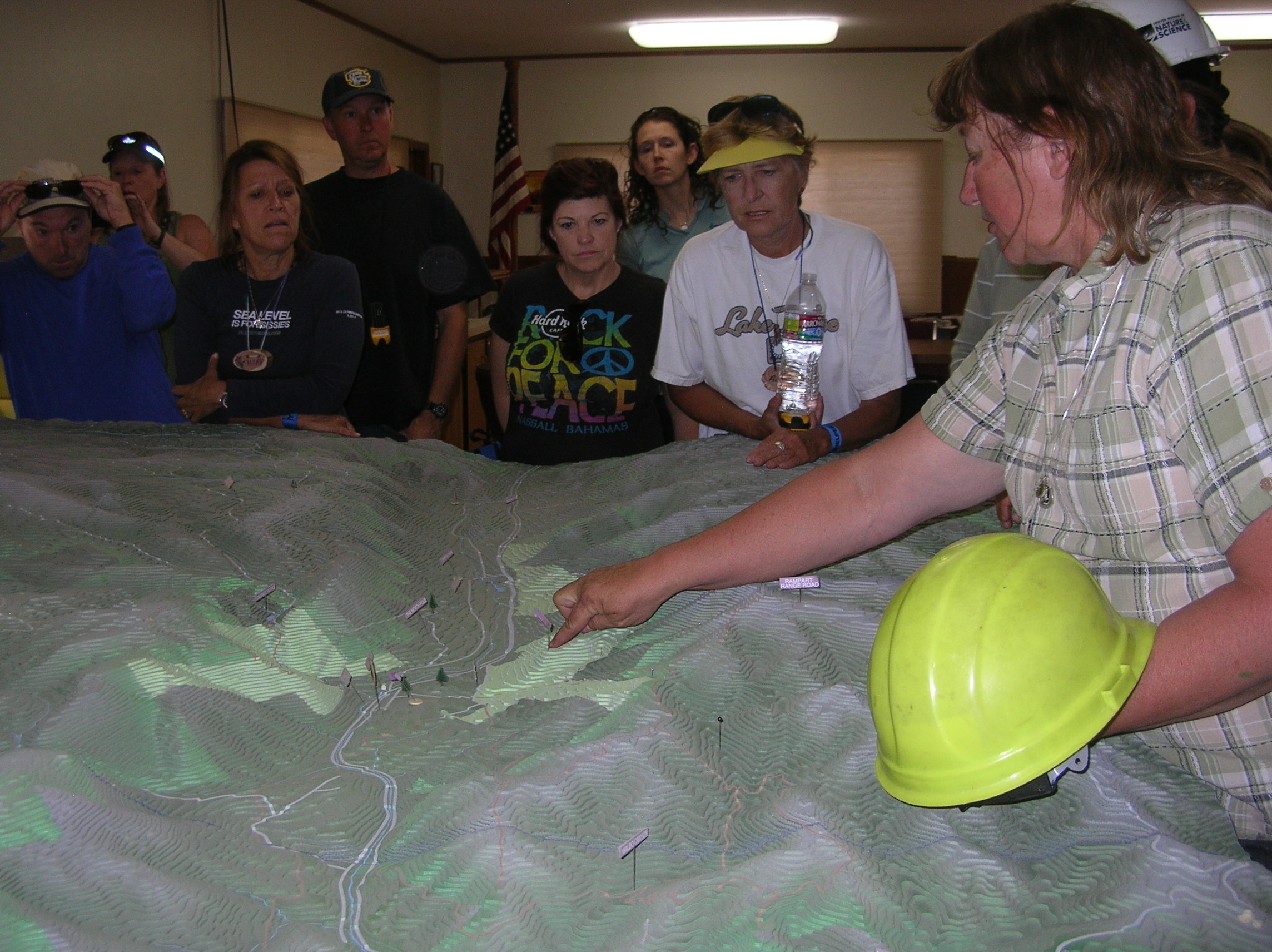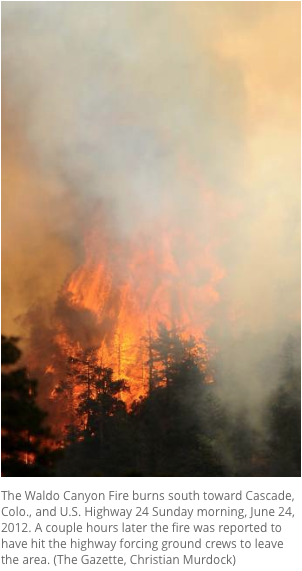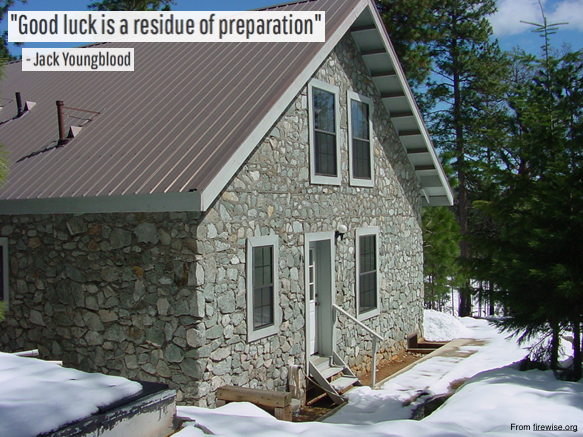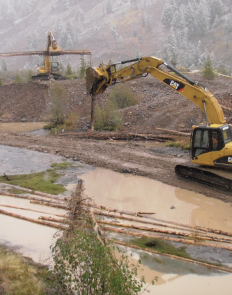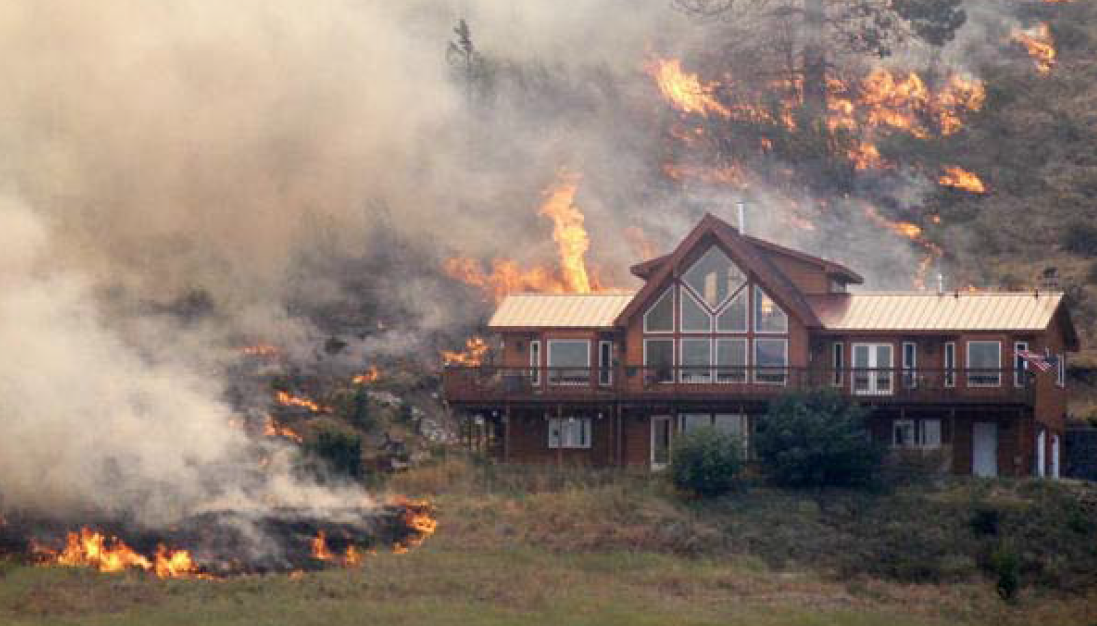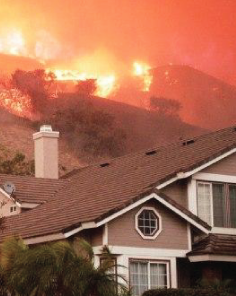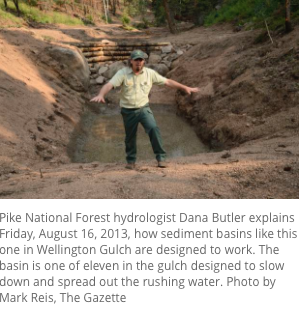Sign up today for Project Learning Tree’s Fire Ecology Institute for Educators! This hands-on workshop runs from June 16-20 and is a great opportunity to learn more about wildfire and forest ecology, and how you can engage your students in learning about these important topics. The workshop will be held in Florissant, CO at The Nature Place, an ideal location for exploring the forest and the impacts of recent wildfires. The materials and strategies to be presented are appropriate for 3rd-12th grades in formal and non-formal settings, and can easily be integrated into interdisciplinary curriculum. The cost of $250 for the workshop includes lodging, meals, materials, instruction, and field trips for the week. Colorado residents may receive a $100 stipend upon completion of the course, and the workshop is eligible for continuing education credits.
The Coalition for the Upper South Platte (CUSP) is excited to help sponsor this event in our watershed this year. Please support this program and gain skills that you can bring back to your classroom!
Find more information at http://coloradoplt.org/workshop/2014-fire-ecology-institute-for-educators/
You can also contact Shawna Crocker, PLT Coordinator, at scrocker@colostate.edu or 303-278-8822 for more information.
